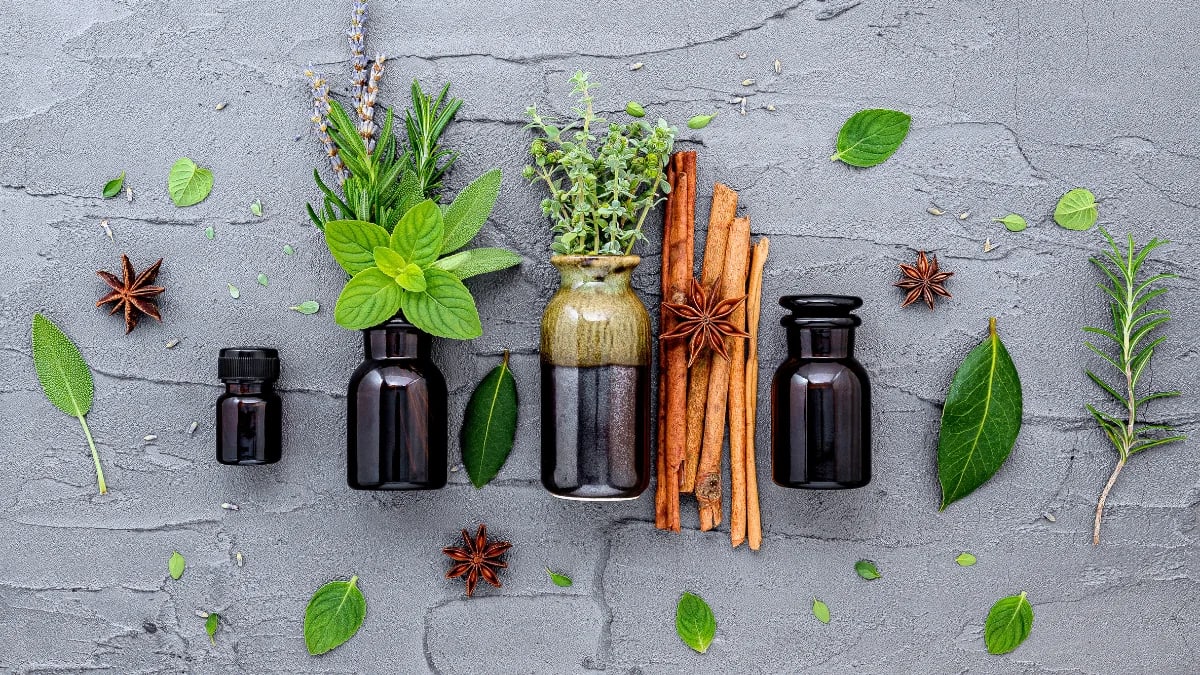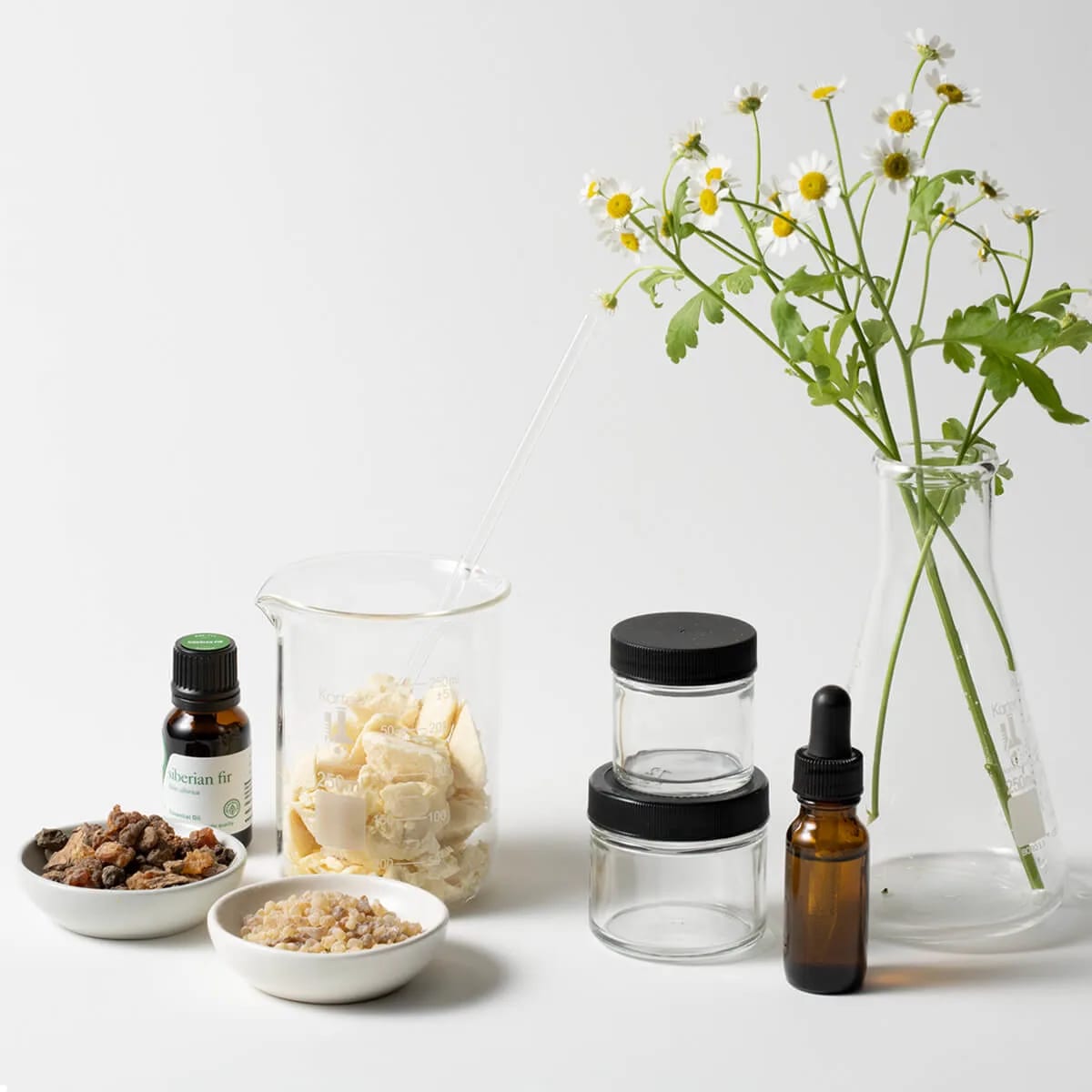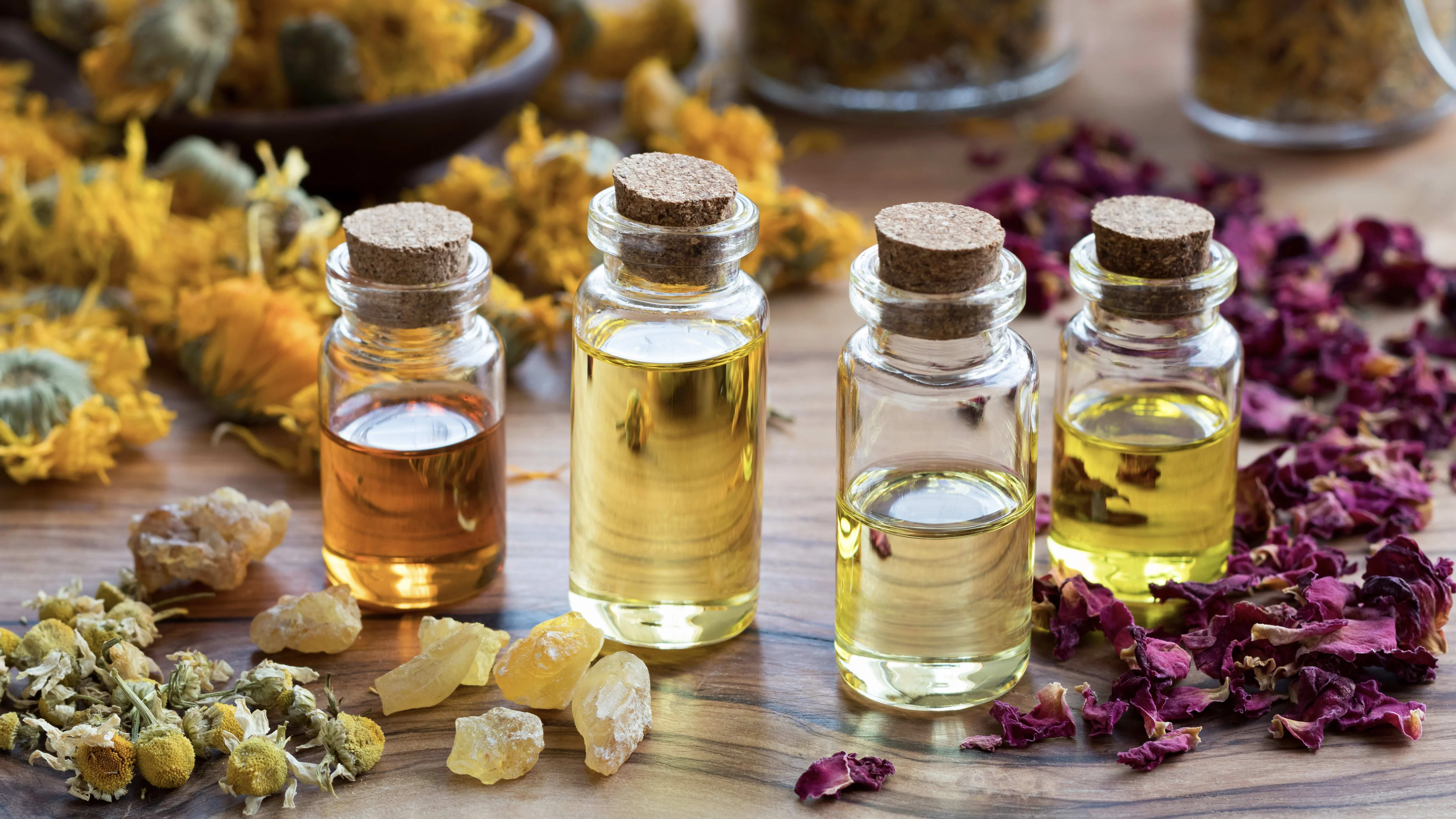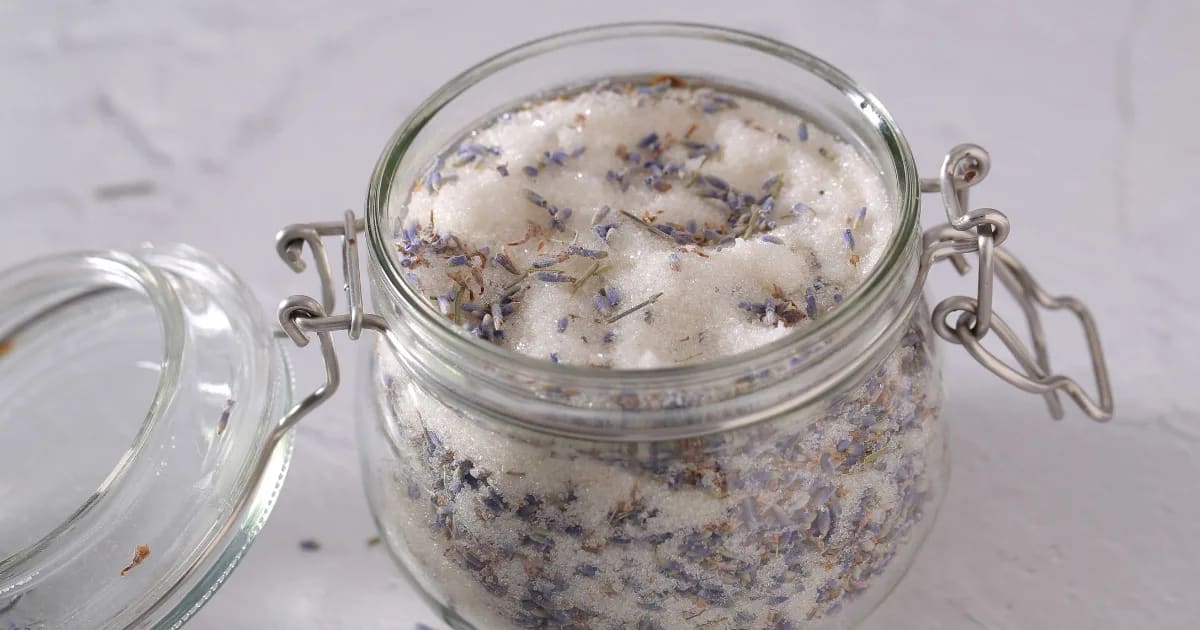Cinnamon Bark Oil for Respiratory Care

Cinnamon Bark & the Four Thieves
Have you heard the story of the Four Thieves herbal blend?
Legend has it that when the Black Plague ravaged France during the Middle Ages, a group of thieves were robbing the homes of plague victims, but somehow, they managed to escape becoming infected with the plague themselves. When they were eventually caught, the thieves bargained for leniency, offering to divulge the secret that kept them from contracting the deadly disease. It was a powerful blend of antimicrobial herbs, and it became famous for its ability to safeguard health in times of dire infections.
The exact recipe is lost in time, but nearly every source includes Cinnamon Bark as one of the key ingredients.
In this post, we’ll explore the profound benefits Cinnamon Bark oil has for respiratory care—and how to make a chest rub that’s safe for topical application. We’ll look at the research supporting its anti-infectious actions, and detail which oils to blend with it for maximum protection and quick recovery.
Let’s discover what makes Cinnamon Bark one of humanity’s most reliable wellness allies—from ancient uses to modern applications.
Cinnamon Bark: The Science of Healing
In my recent posts, I’ve shared a profile of Cinnamon Bark oil, Cinnamomum verum (read about it here), and delved into its assets as an antibacterial household cleaner (learn more and get my cleaning recipe here).
Now, we will focus to how the essential oil and its main component, cinnamaldehyde, can help us recover from respiratory infections.
Cinnamaldehyde is a remarkably powerful molecule—and Cinnamon Bark contains over 60% cinnamaldehyde. That’s what makes it a “warrior oil” with an ability to destroy a broad array of microbes.
When you’re sick, you may not know whether your infection is due to bacteria, a virus, or a fungus. You just know that you want to recover quickly! With Cinnamon Bark oil, you don’t have to understand the nature of your infection, but you can trust in the oil’s actions against a wide range of microbes.
Antibacterial: Cinnamaldehyde has been shown to disrupt both gram-positive and gram-negative bacteria, which makes it a broad-spectrum antibacterial.
Antiviral: A 2014 study found that cinnamaldehyde inhibited the proteins of the influenza virus, and a 2007 study showed that it prevented the influenza virus from growing both in vitro (in a lab) and in vivo (in living mice).
Antifungal: Cinnamon Bark oil and cinnamaldehyde are toxic to various fungi that can cause respiratory issues, including strains of Candida and Aspergillus.
Blending with Cinnamon Bark
A few drops of Cinnamon Bark go a long way! The spicy little molecule cinnamaldehyde is like a fire, hot and cleansing, burning away all the germs it encounters.
But that also makes it no surprise that it can irritate our skin and mucous membranes if we are not careful.
Layering Cinnamon Bark with essential oils that protect and nourish our skin allows us to harness its strength while avoiding safety concerns. It is an excellent protocol to include a skin-soothing and healing oil like Lavender (Lavandula angustifolia) or Palmarosa (Cymbopogon martinii var motia) when blending with oils that are spicy and can irritate the skin or mucous membranes. Soothing oils can counter the hot touch of Cinnamon Bark, as well as calm inflammation and promote cell regeneration.
When working with Cinnamon Bark oil to support recovery from respiratory infection, we can pair it with various oils to address specific issues:
To breathe more freely . . . add Eucalyptus (Eucalyptus globulus) to help clear mucus, or gentle Sweet Orange (Citrus sinensis) to comfort sore sinuses.
If you’re coughing . . . blend Cinnamon Bark with Cypress (Cupressus sempervirens), which helps calm spasms. Grounding and soothing Sandalwood (Santalum album) is another excellent option.
If your chest feels tight . . . reach for an oil distilled from a resin, like Myrrh (Commiphora myrrha) or Frankincense (Boswellia carterii). Resin oils have a beautiful capacity to ease feelings of constriction in the chest.
If you have a fever . . . I don’t recommend using Cinnamon Bark, which is very warming. Instead, substitute Plai (Zingiber cassumunar), a cooling member of the Ginger family.
Are you interested in making your own “Four Thieves” blend? Try combining a few drops of Cinnamon Bark with a little Clove Bud (Syzygium aromaticum), then add Rosemary ct camphor (Salvia rosmarinus ct camphor), Lemon (Citrus limon), and Eucalyptus radiata (Eucalyptus radiata).
I suggest blending your oils in a 5 ml glass bottle with an orifice reducer. Add the drops of essential oil one at a time into your bottle, so you can monitor how the aroma develops and adjust it according to your preferences to create a custom “Four Thieves” blend.
Remember, these are powerful oils, and both Cinnamon Bark and Clove Bud contain aggressive components that have safety concerns. A “Four Thieves” stock blend is ideal for non-topical applications, such as disinfectant cleaning products, or antimicrobial air freshening sprays or diffuser blends.
Cinnamon Bark Safety
As we have discussed, cinnamaldehyde is a skin and mucous membrane irritant.
It’s important not to get Cinnamon Bark oil on your skin undiluted. If it does come into contact with your skin, immediately apply a nourishing carrier oil to the area (such as jojoba, olive, or coconut oil). This will help dilute the Cinnamon Bark oil. Then wash well with soap and water, and apply a carrier oil to the area again to soothe the skin.
If you’re using the essential oil for a topical blend, the safest amount is no more than 1 drop of Cinnamon Bark oil in 2 ounces (60 ml) of carrier oil.
To avoid irritating the mucous membranes, only use 1 drop in your diffuser, and no more than 1 drop in an inhaler.
Cinnamon Bark Recipe: Chest Rub
When using Cinnamon Bark oil topically, we always want to blend it into a rich, skin-nourishing carrier. This recipe makes 4 oz (112 gm) of salve, and only includes 2 drops of Cinnamon Bark oil. This illustrates just how potent Cinnamon Bark oil is!
This chest rub helps clear your breathing and relieve feelings of constriction in your chest. You can use either two 2-oz aluminum salve tins or glass jars OR four 1-oz tins or glass jars for this recipe.

“A Touch of Cinnamon” Chest Rub
3 fl oz (90 ml) Jojoba oil (Simmondsia chinensis)
1 oz (28 gm) Beeswax (Cera flava)
26 drops Elemi oil (Canarium luzonicum)
23 drops Eucalyptus oil (Eucalyptus radiata)
20 drops Lavender oil (Lavandula angustifolia)
2 drops Cinnamon Bark oil (Cinnamomum verum)
Directions
Set up a “stove top double boiler.” Simmer about 2 inches of water in a soup pot. Place a pyrex glass measuring cup into your soup pot, with the measuring cup’s handle hanging over the side of the pot. Your ingredients will go into the measuring cup and the hot water around the cup will melt them.
Melt the beeswax in the measuring cup.
Add the jojoba and allow the mixture to remelt.
Remove the blend from heat and add your essential oils. Stir gently.
Pour the blend into your aluminum tins or jars (remember to wipe the measuring cup with a towel to remove water before pouring, so that water does not get into your tins or jars).
Gently place the lids on the tins or jars and allow them to cool.
Massage this rub into your upper chest and neck. You can apply it under your shirt, or recline with your shirt open and breathe in the vapors.
My Takeaway
Cinnamon Bark has a long history of protecting us against infection. This spicy and powerful essential oil is a strong ally, and when we use it with knowledge and respect, it can support us in recovering vibrant health whenever we are in need of its aid.
If you are on a quest for natural solutions to support yourself and your family, our Natural Living Course is remarkable! I'd love to see you there as we share our most favorite ways of Living a Natural Holistic Lifestyle.

Component Blending
References
Hayashi, K., Imanishi, N., Kashiwayama, Y., Kawano, A., Terasawa, K., Shimada, Y., & Ochiai, H. (2007). Inhibitory effect of cinnamaldehyde, derived from Cinnamomi cortex, on the growth of influenza A/PR/8 virus in vitro and in vivo. Antiviral Research, 74(1), 1-8.
Inouye, S., Takizawa, T., & Yamaguchi, H. (2001). Antibacterial activity of essential oils and their major constituents against respiratory tract pathogens by gaseous contact. Journal of antimicrobial chemotherapy, 47(5), 565-573.
Tantaoui-Elaraki, A., & Beraoud, L. (1993). Inhibition of growth and aflatoxin production in Aspergillus parasiticus by essential oils of selected plant materials. Journal of environmental pathology, toxicology and oncology: official organ of the International Society for Environmental Toxicology and Cancer, 13(1), 67-72.
Usai, F., & Di Sotto, A. (2023). trans-Cinnamaldehyde as a Novel Candidate to Overcome Bacterial Resistance: An Overview of In Vitro Studies. Antibiotics (Basel, Switzerland), 12(2), 254. https://doi.org/10.3390/antibiotics12020254
Vasconcelos, N. G., Croda, J., & Simionatto, S. (2018). Antibacterial mechanisms of cinnamon and its constituents: A review. Microbial pathogenesis, 120, 198–203. https://doi.org/10.1016/j.micpath.2018.04.036
Vimalanathan, S., & Hudson, J. (2014). Anti-influenza virus activity of essential oils and vapors. American Journal of Essential Oils and Natural Products, 2(1), 47-53.





